Next, our professional drivers will chauffeur you to the hotel. As a renowned Andaman Tour Operator, we make the best reservations and arrangements for our beloved guests, so that they can relish in the finest accommodations of Andaman, on their honeymoon.
After you freshen up, get ready to explore the beauty of the islands, through the pre-planned tours, supervised by our travel agents. Enjoy the majestic scenic beauty, savoir the local delicacies and shop all you want.
Flower bouquets are often given for special occasions such as birthdays, anniversaries or funerals. They are also used extensively in weddings as well as Olympics Medal Ceremonies. Bouquets arranged in vases or planters for home decor can be arranged in either traditional or modern styles. Symbolism may be attached to the types of flowers used, according to the culture.
Fresh flowers are arranged in front of houses to celebrate Onam, a major celebration in Kerala, India.
A Japanese ikebana flower bouquet in a vase.
Beach Wedding Bouquet
The arrangement of flowers for home or building decor has a long history throughout the world. The oldest evidence of formal arranging of bouquets in vases comes from ancient Egypt, and depictions of flower arrangements date to the Old Kingdom (~2500 BCE). The sacred lotus was often used, as were herbs, palms, irises, anemones, and narcissus.
In some cultures, ancient practises still survive today, for example in ikebana, the art of flower-arranging that comes from Japan. The oldest known book on flower-arranging is Japanese and dates from 1445. Simplicity and linear form are core features of ikebana, which has had a great influence on Western flower arranging since the late 19th century.
Flower-arranging as an art form was brought to Japan by Buddhist monks, who learned it while in China. In ancient China, flower-arranging developed into a highly refined art form, based on the principle that life is sacred, including the life of plants, therefore cut flowers were used sparingly in carefully planned arrangements. Flowers were a traditional ritual offering among Buddhists, however, and remain so.[2]
In Europe, flower arranging as a formal art was first documented among the Dutch, who in particular, painted wonderful informal arrangements of flowers […] In the 18th century, arrangements were used to decorate the houses of the wealthy families and the aristocracy.
Flower symbolism is common in many cultures, and can be complex. In China, certain flowers symbolize seasons: white plum blossoms represent winter, peach and cherry blossoms represent spring, lotus represents summer, and chrysanthemums the fall.
Further information: Nosegay
The term “tussie-mussie” is sometimes used interchangeably with nosegay. A nosegay was also known as a “talking bouquet” or “flower poesy” during the Victorian era, when they became a popular gift. Traditionally, brides will also carry a small nosegay. Tussie mussies were introduced to England in the early 18th century, and were a fashionable accessory for young women by the early 19th century.
A tussie mussie is a small circular bouquet like a nosegay, but carries symbolic meaning based upon the language of flowers, where particular flowers represent specific sentiments. They were commonly exchanged by lovers, who sent messages to one another based upon the flowers used in the bouquet. Traditionally, tussie mussies are arranged in a cone- or cornucopia-shaped container, made of tin or silver, with a chain attached for carrying the bouquet.
Further information: Language of flowers
Flower symbolism originated in Asia and the Middle East, where certain flowers, such as the lotus, were considered sacred, or at least to be associated with spiritual themes. This was often reflected in artwork, for example the use of bamboo in Chinese art to represent longevity and eternity.
The language of flowers was introduced to England in the early 18th century by Mary Wortley, Lady Montague, whose husband was Ambassador to Turkey. By the Victorian era, almost every flower had a specific meaning attached to it. Small nosegay or “tussie mussie” bouquets might include chamomile flowers, which a woman might send to a romantic interest to tell him “Patience”; goldenrod represented indecision.
But why do brides carry flowers? More than just something to keep a bride’s hands busy when she walks down the aisle, the bridal bouquet ties all of a wedding’s design and decor together. It’s an accessory, a focal point, and one of the first peeks guests get into a celebration. So if you’re a bride-to-be, deciding what you’ll carry as you make your way to the altar is actually pretty important.
The variety of flowers will differ as will the size of the bouquet. There are some instances in which the couple foregoes the tradition altogether. Wherever you land on the matter, there are often questions that arise, like, well, do I have to carry one? What should I do with the flowers after the wedding? And where did the tradition originate?
Ahead we talk to wedding florist Maxine Owens to learn why brides carry flowers and the history behind the bridal bouquet tradition.
“The practice of brides carrying bouquets dates to antiquity,” Owens tells us. “Ancient Greeks and Romans, even Egyptians, carried fragrant herbs and spices to ward off bad luck during weddings.” Though the floral garlands worn by both the bride and groom and small posies of old paled in comparison to the grand bouquets we’ve come to know, the flowers symbolized a new beginning and brought hopes of fertility, happiness, and fidelity. Additions such as dill (considered to be an aphrodisiac), rosemary to represent loyalty, wheat for fertility, ivy for an unbreakable bond, and thistle, thyme, heather, or basil for protection were common.
Another big reason brides originally started carrying bouquets centuries ago was because of the perfume of the flowers, which masked their body odor (you know, back when bathing wasn’t such a frequent occurrence) or the surrounding smell of death during the plague. If bodily odors weren’t a factor, pungent additions like garlic and spices were added to the arrangements to ward off evil spirits and keep away any bad luck (or curses) that may bid the newlyweds harm.
This was also the beginning of the bouquet toss tradition. Touching the bride or, better yet, running off with a piece of her wedding dress was considered to bring good luck and an impending proposal of one’s own. The bouquet toss was invented as an escape strategy, both distracting and satisfying the frenzied mobs of young ladies so the bride could leave without being harmed.
The Elizabethan era is when bouquets began taking on their more decorative purpose. Small bouquets became a bridal must-have and posies were even created to give as favors to guests. Fashionable brides began wearing complementary flowers nestled in their elaborate hairstyles for additional flair. Prior to this, brides would wear their hair flowing and sometimes accent with a small floral circlet (the humble predecessor of modern flower crowns).
“It wasn’t until the Victorian age that we see the birth of the wedding bouquet as we know it today,” Owens says. “While flower symbolism was hugely popular then, and brides were able to communicate their romantic sentiments through their specific floral choices, that practice has faded a bit, with modern couples choosing their flowers based more on beauty and color.”
Since today’s brides aren’t so concerned with hiding an unpleasant smell or keeping evil spirits and frenzied mobs at bay, the bouquet’s main purpose these days is to be a beautiful accessory and amplify the rest of the wedding decor. However, the symbolism and meaning of certain flowers still exist—perhaps not to the botanist extent of the Victorians—and guide some bouquet choices to this day.
This part can be overwhelming, but a lot of the time, the kinds of flowers you choose comes down to three things: personal preference, the color theme of your wedding, and the time of year it’s taking place.
“There are no ‘wrong’ bouquet styles,” Owens says. “Whether it’s traditional, loose and organic, minimal, or even non-floral, our advice is to choose what feels comfortable and what reflects a couple.” When it comes to the size of the bouquet, she adds that it should be proportionate to the bride, “to make sure she isn’t swallowed by one too large or the impact is not there with something too small.”
Owens says the final design of the bouquet has a lot to do with the design of the gown. “A sleek, clean-lined gown perhaps calls for a more minimal bouquet, so as not to overpower the dress,” she says. “Likewise, a larger ball gown might be able to handle a larger, more elaborate bouquet.”
Ready to plan your honeymoon, here at Andaman? Contact us today.

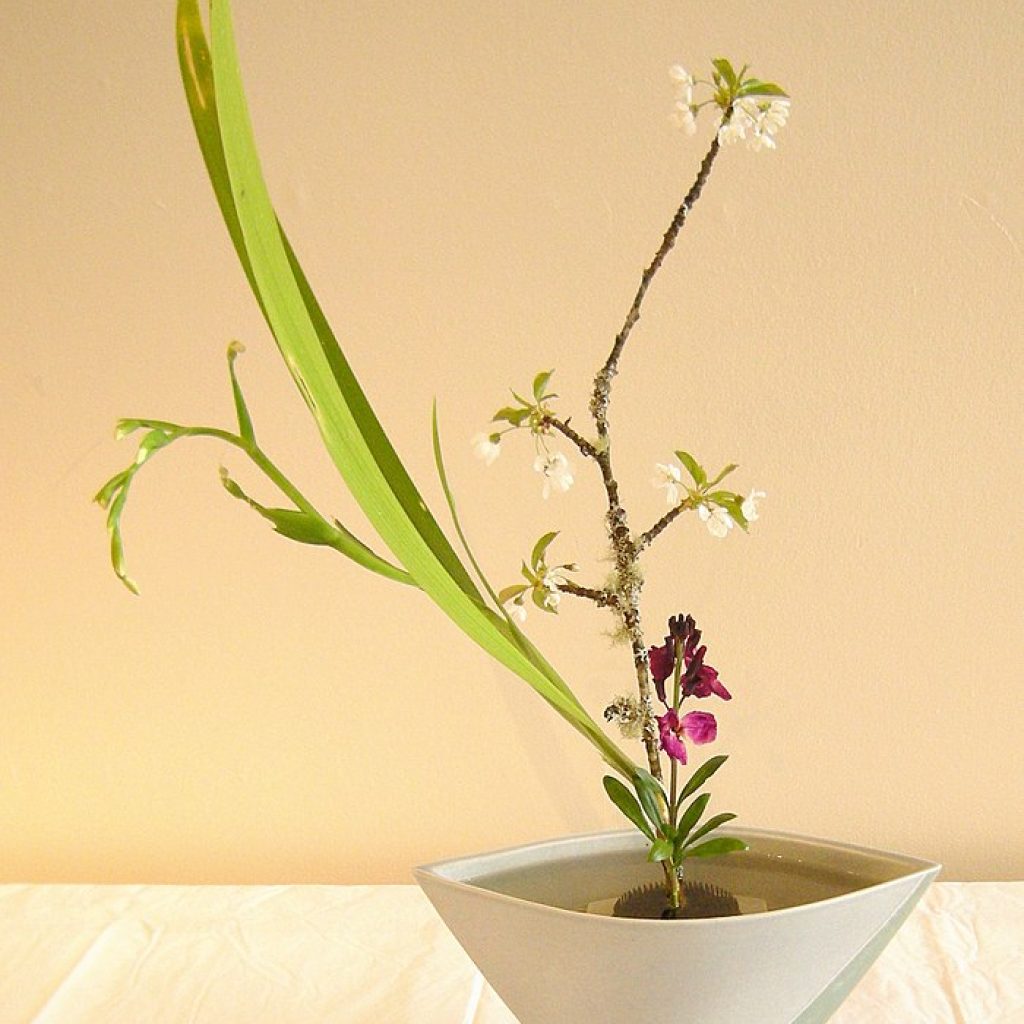
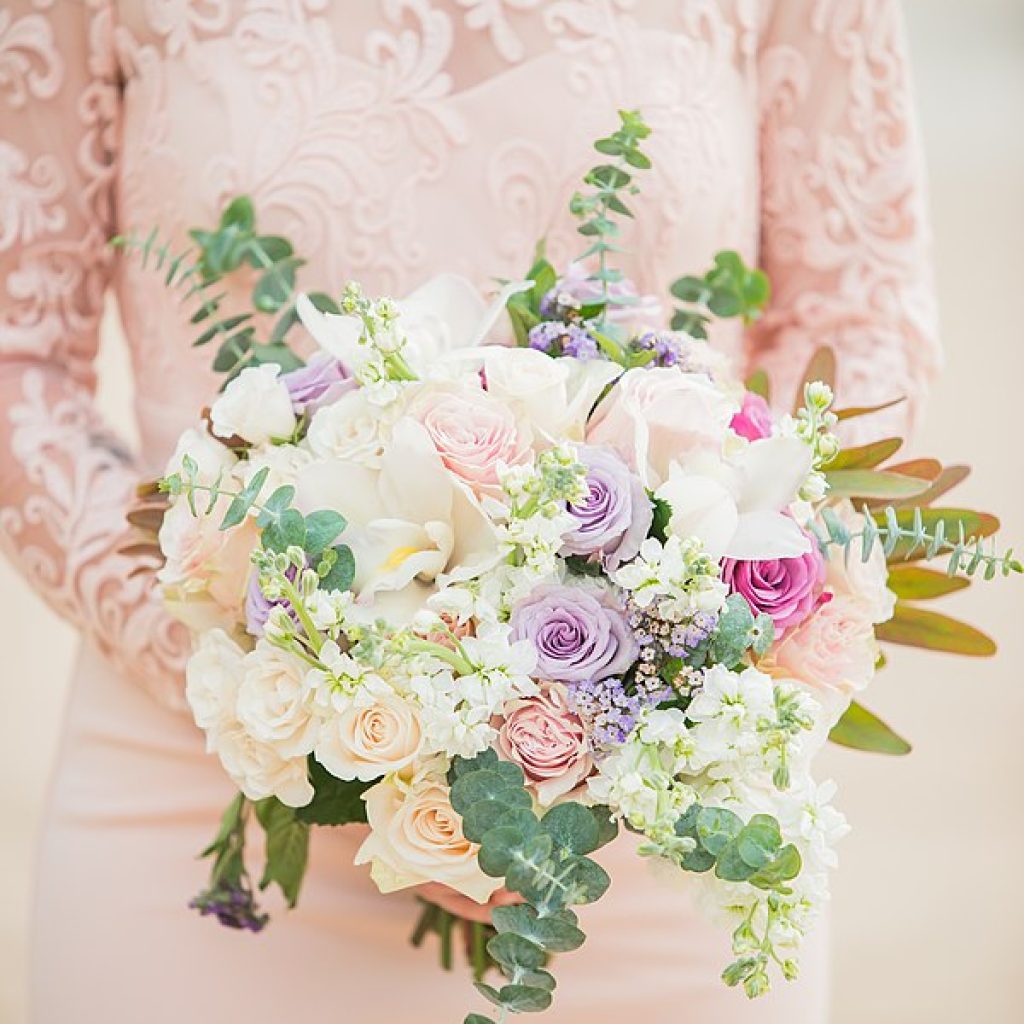
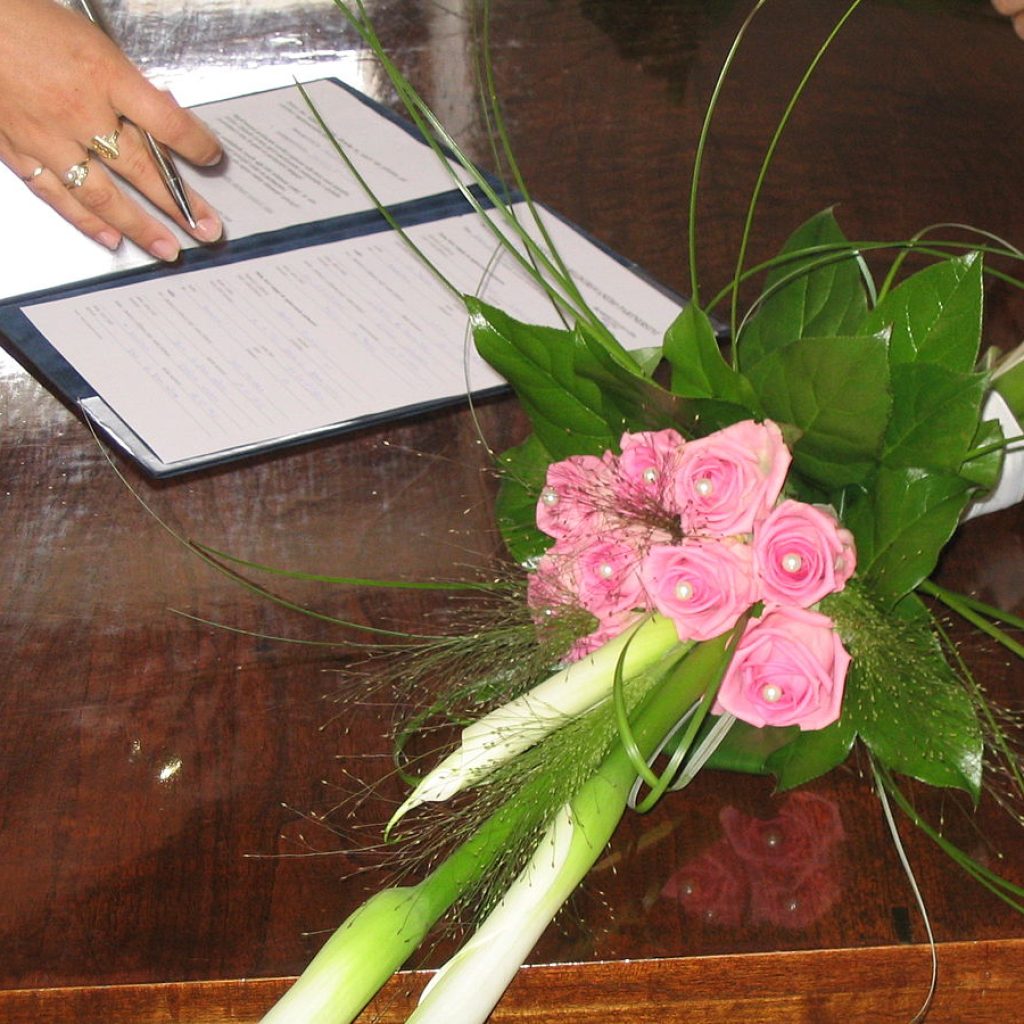

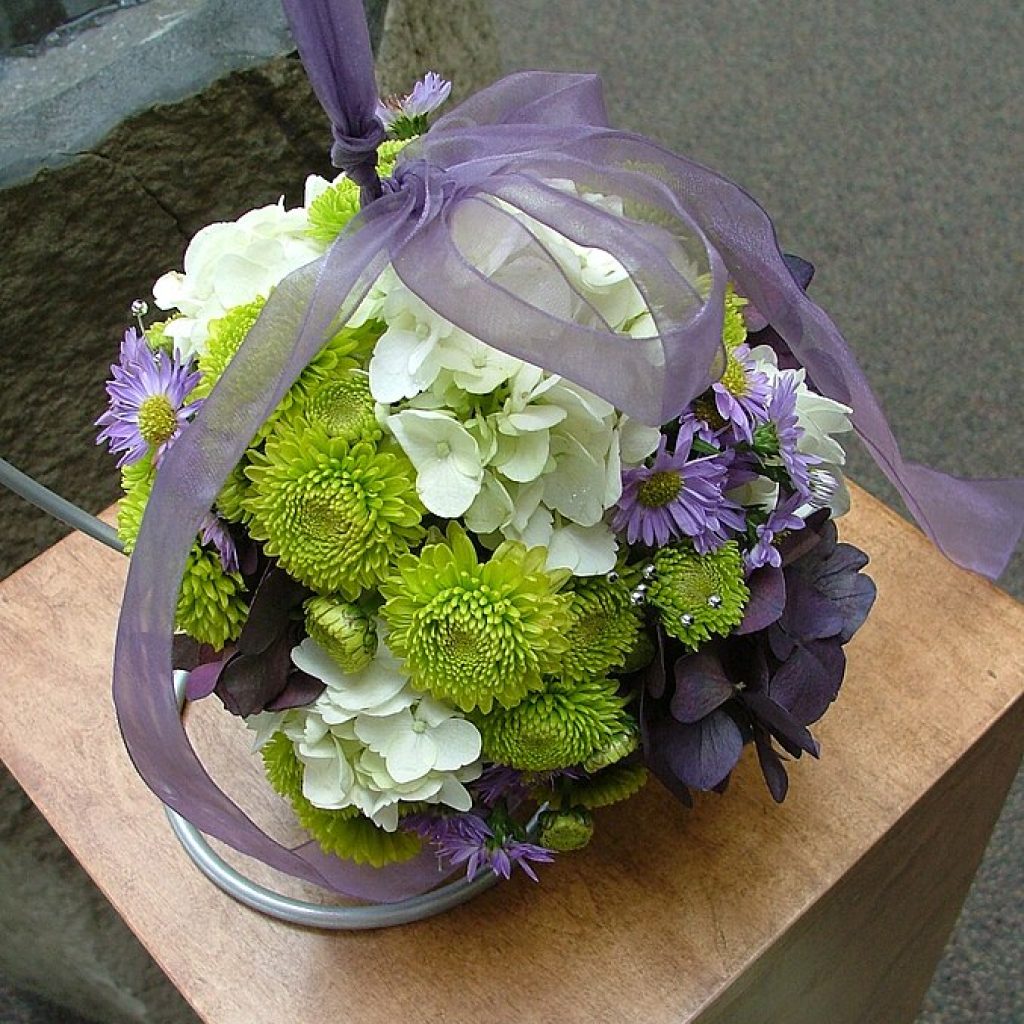
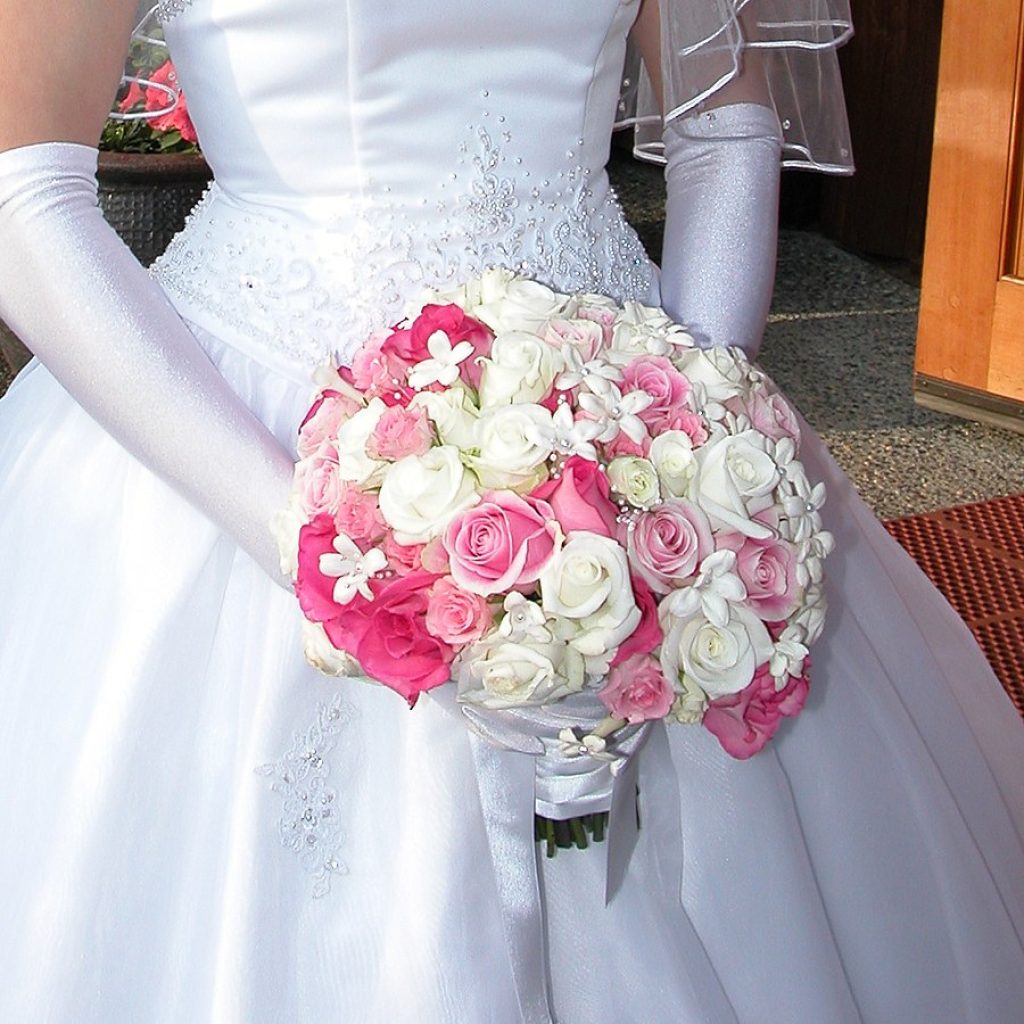
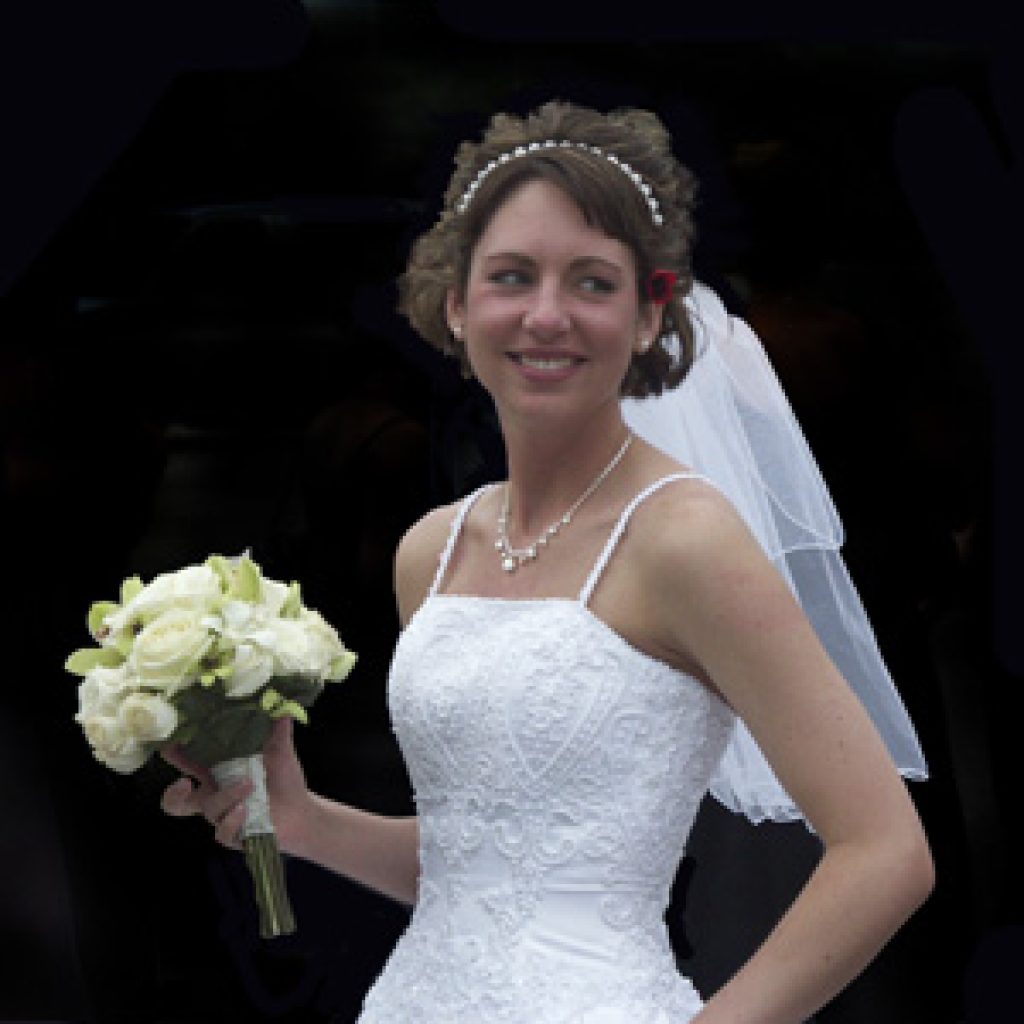








Comment (0)